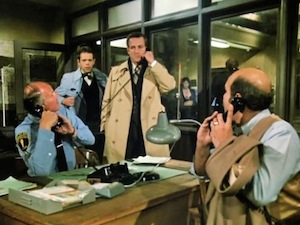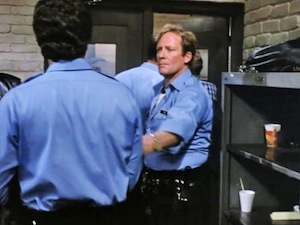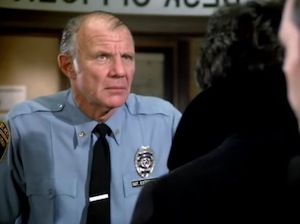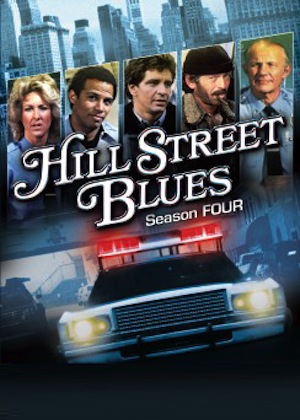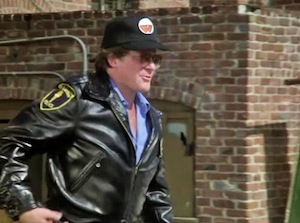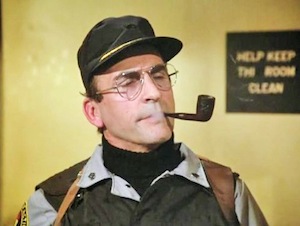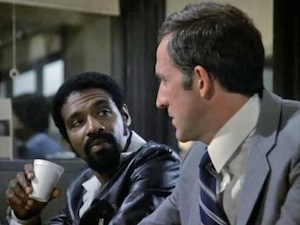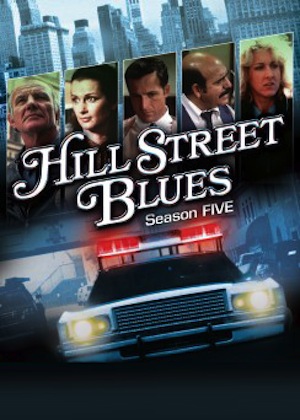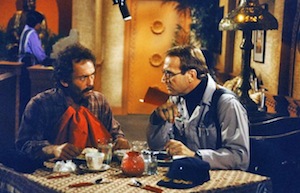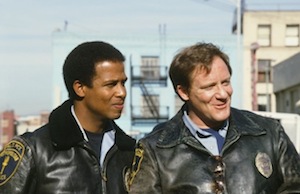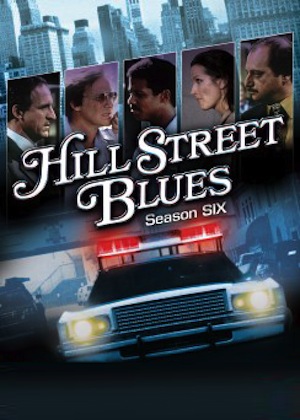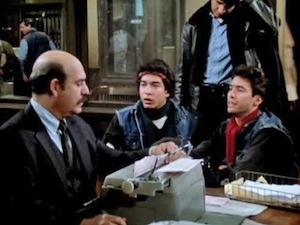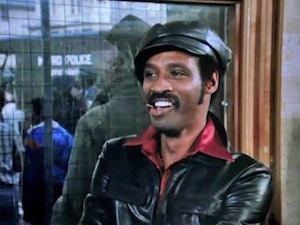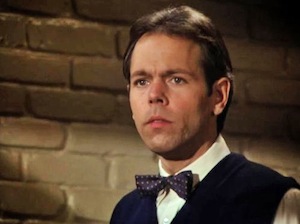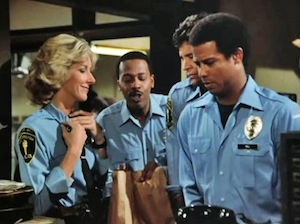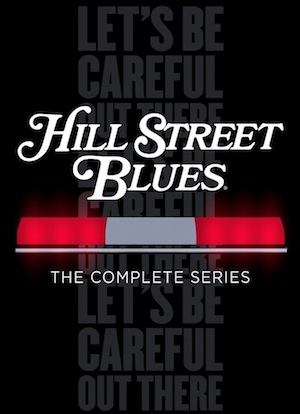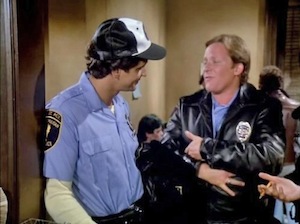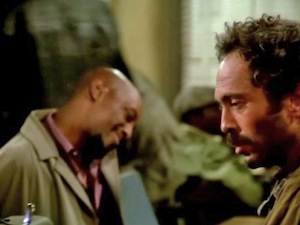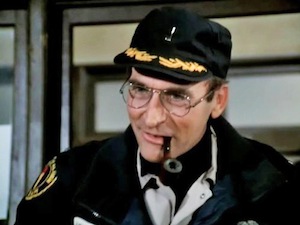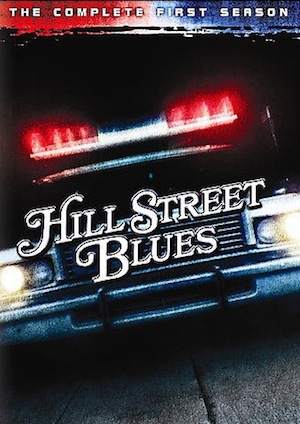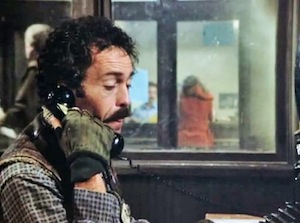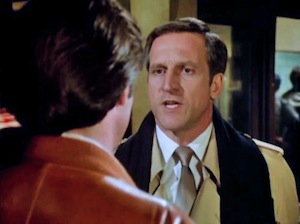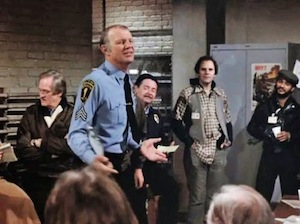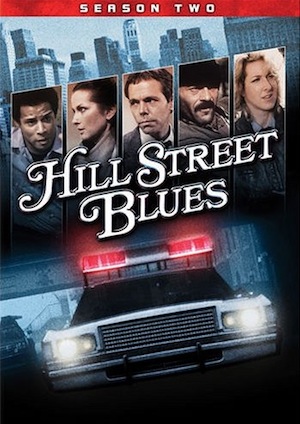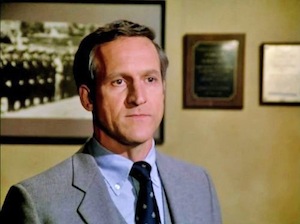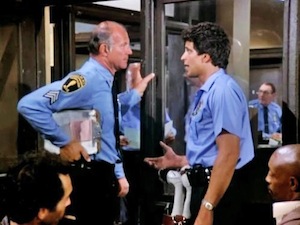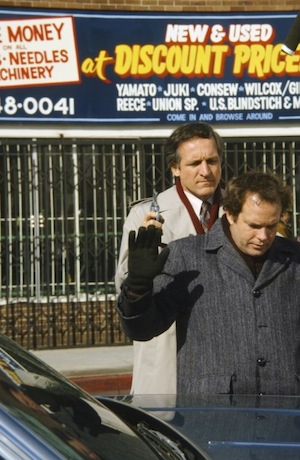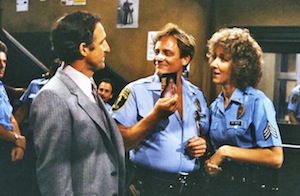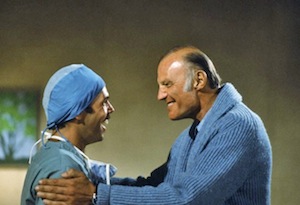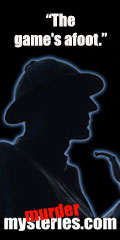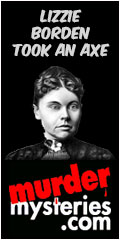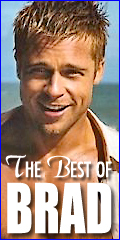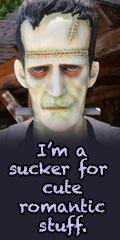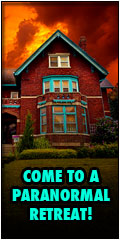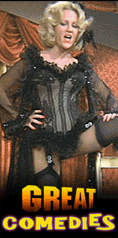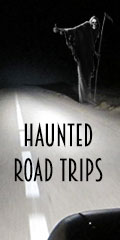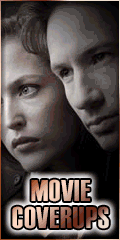Hill Street Blues
Hill Street Blues has a legitimate claim to being perhaps the greatest American police dramatic series ever made. It ran on primetime on NBC from 1981 to 1987, for 146 episodes, and followed (in spellbinding and often tortuous detail) the lives of the staff of a police station — "blues", in police slang — in an unspecified American city. The show won critical acclaim from the outset, and its production innovations have since had a huge effect on other TV dramas. It won eight Emmy Awards its first year out, a record at the time (since eclipsed by The West Wing), and was nominated for Emmys a total of 98 times over the course of its illustrious primetime run.
See the Hill Street Blues Show Intro
MTM Enterprises developed the show for NBC. Steven Bochco and Michael Kozoll were its principal writers. The studio gave them an unusual degree of creative freedom that allowed them to develop, for the first time, a number of then newly-emerging ideas in TV drama that have since become guiding principles in the dramatic television arts.
Each show episode featured interwoven strands of stories — some of which resolved themselves in the episode, while others spanned many episodes over a season.
Much attention was given to the conflicts between the work and private lives of characters. Much attention was also paid to the often intractable gulf between what was right in the abstract and what worked in the real world.
Instead of maintaining their distance, the show's producers kept their cameras close to the action, and jumped quickly between stories. Often, the viewer was exposed to off-screen or "overheard" dialog, which heightened the show's naturalistic and "unplanned" look and feel. While the effect was an artifice, it strove to capture something closer to real life than previous shows had tried to or done.
Almost every episode of Hill Street Blues opened with a pre-credit teaser consisting of a squad room briefing and roll call at the start of the day shift. From season three, the producers experimented with "Previously on..." clip montages that went back as far as six previous episodes prior to the roll call. Many episodes were written to follow events over the course of a single day.
Many episodes wrapped up with Captain Frank Furillo (Daniel Travanti) and public defender Joyce Davenport (Veronica Hamel) alone together in a domestic scene, often in bed, discussing how their days have gone. Their conversations were not always happy, and sometimes they could be very downbeat or bitter. But they could be quite funny too; the show's writers were not above indulging their love of language and puns.
Though filmed in L.A., Hill Street Blues was set in a gritty (if generic) unnamed urban locale with a Midwestern or Northeastern feel to it. Bochco meant this fictional city to be a blend of Chicago, Buffalo and Pittsburgh. Industrious fans of the show have subjected it to minute examination and teased out some its secrets. Late in Season 7, for instance, one of the precinct's police cars is shown driving past a sign referencing an approach to Interstate 90 and Interstate 94. Pittsburgh is in Allegheny County but Interstate 90 only runs in Erie County. While Interstate 90 does run to Buffalo, Interstate 94 extends no further east than Michigan. The only major city where both Interstate 90 and Interstate 94 run is in Chicago. Another example: a corner tavern with a Heileman Old Style beer sign makes an appearance in the opening title sequence. A regional beer brewed in Wisconsin, Heileman's was a dominant product in Chicago and Milwaukee during the show's production run.
The program's willingness to examine its characters' personal failures, and vividly depict the desperate unhappiness of those who dwell in society's lowest and worst places, is pronounced, and a signature of the show. Inspired by such police procedurals as 1956's Cop Hater, by Ed McBain, its preoccupation with the bitter realities of '80s urban life was envelope-shredding for its time. Hill Street Blues was a landmark in television programming, and the precursor of such later efforts as NYPD Blue and ER.
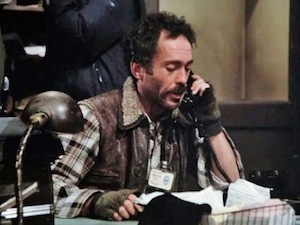
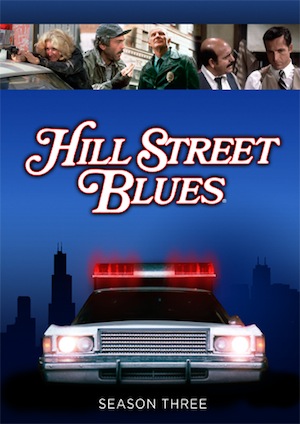
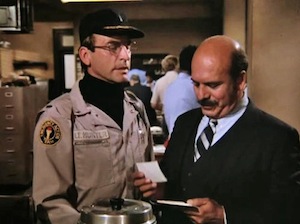
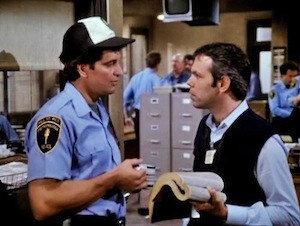
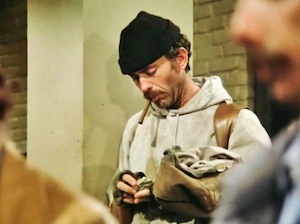
.jpeg)
